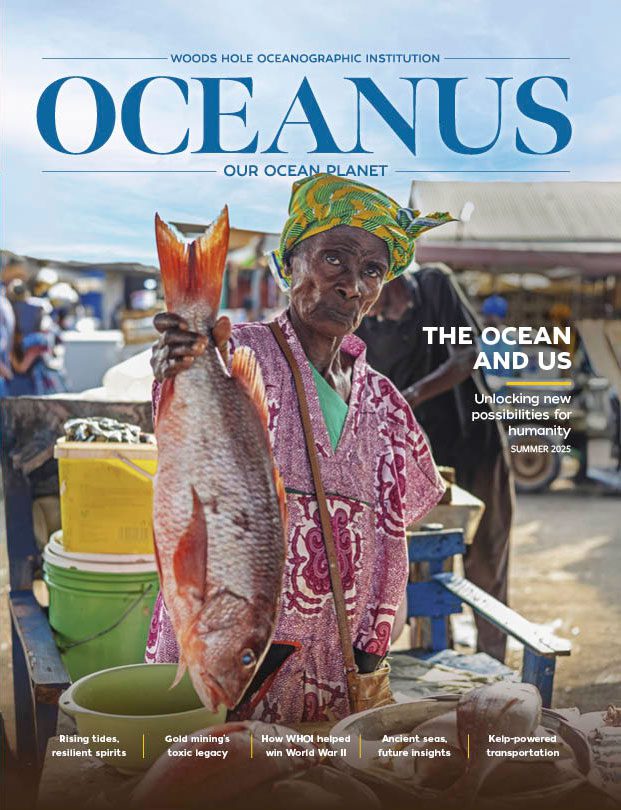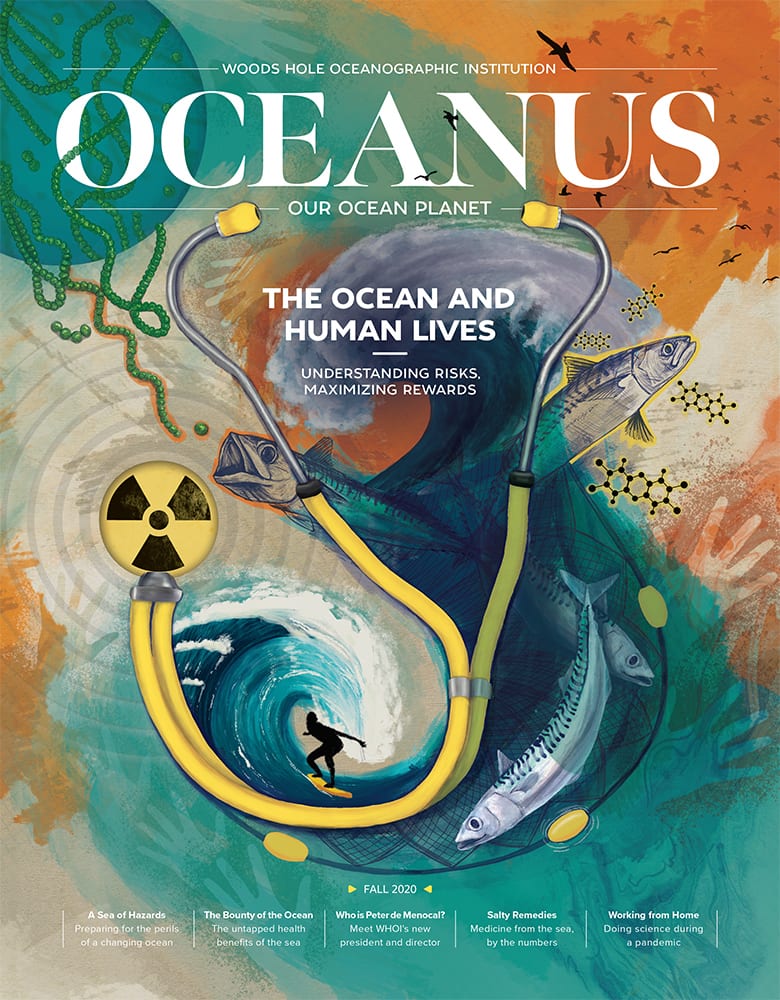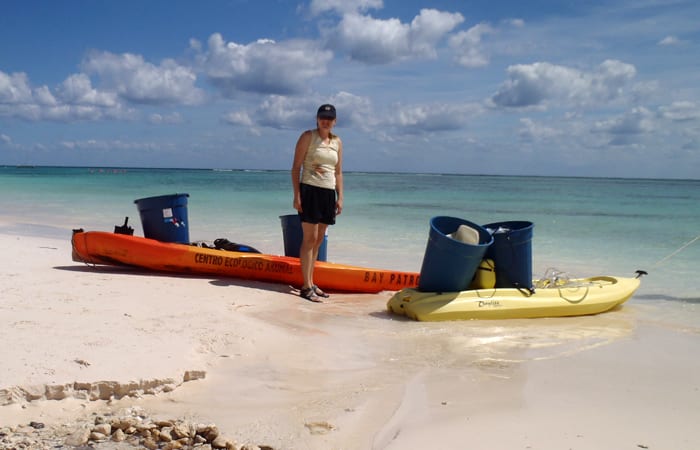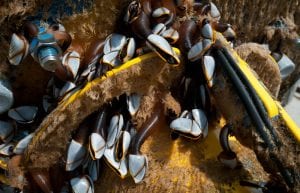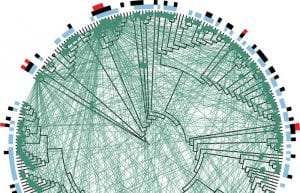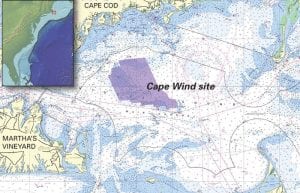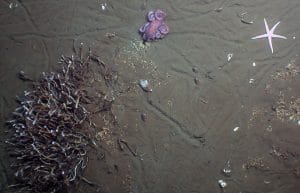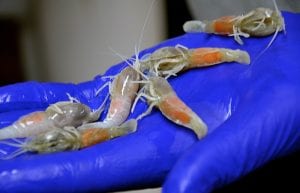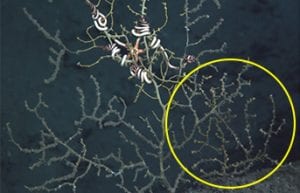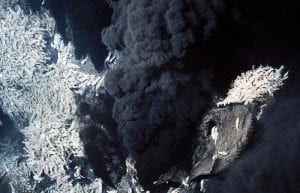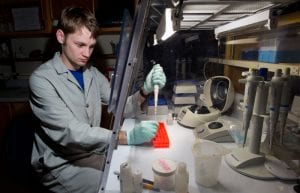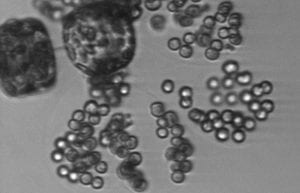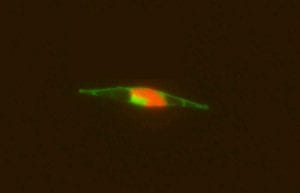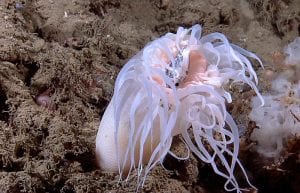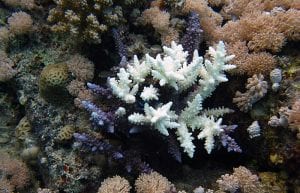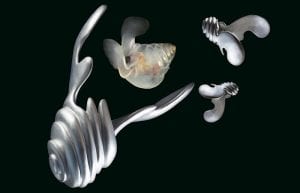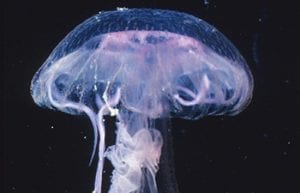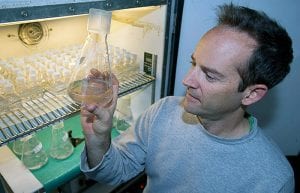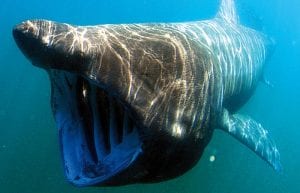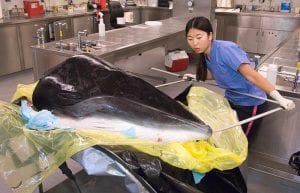Ocean Life
Barnacles and Biofilms
As long as sailors have been going down to the sea in ships, they have…
Bacteria Exhibit Altruistic Behavior
When it comes to bacteria protecting themselves, it’s all in the family. A new study…
What Is the Sound of 130 Wind Turbines Turning?
Federal officials examined a long list of potential impacts from the nation’s first offshore wind…
Deep-sea Detectives
Links to related materials Mid-Ocean Ridges—Articles, illustrations, and video showing how new seafloor crust forms…
Deep-sea Vents Yield New Species
Call it “midnight at the OASES.” Neither permanent darkness nor extreme pressure and heat cause…
Do Oil and Corals Mix?
Scientists from Woods Hole Oceanographic Institution (WHOI) helped find strong evidence that the Deepwater Horizon…
Internship Pairs Scientists and Students
Falmouth Academy has established an internship program with scientists at the Woods Hole Oceanographic Institution.…
A Robotic Albatross?
Oceanographer Phil Richardson formally retired in 1999, but that hardly diminished his passion and curiosity.…
Symbiosis in the Deep Sea
Mobs of pale shrimp clamber over each other, jockeying for position in the swirling flow…
Brown Tides and Redfielders
Come spring, Louie Wurch’s mind turns toward softball and another, less idyllic seasonal phenomenon: brown…
Beneath Arctic Ice, Life Blooms Spectacularly
Scientists have discovered a massive bloom of phytoplankton beneath ice-covered Arctic waters. Until now, sea…
Scientists Discover the “Vitamin B12 Claw”
Scientists have revealed a key cog in the biochemical machinery that allows marine algae at…
Ocean Explorers Probe Gulf of Mexico
The Gulf of Mexico may be a source of food, fuel, and fun for millions…
Coral Sanctuaries in a Warming World?
Climate scientists have predicted that ocean temperatures in the equatorial Pacific will rise significantly by…
Exhibit Spotlights Sea Butterflies
Artist Cornelia Kubler Kavanagh is passionate about exploring the ocean’s great unknowns. Via her latest…
Fats In Whales’ Heads May Help Them Hear
For decades, scientists have known that dolphins and other toothed whales have specialized fats associated…
Are Jellyfish Populations Increasing?
Delicate but armed, mindless yet unstoppable, jellyfish sometimes appear abruptly near coasts in staggering numbers…
A Taste of Oceanography
After Genevieve Brett, an undergraduate physics major at Skidmore College, presented her mathematical analysis of…
Marine Microbes vs. Cystic Fibrosis
Microbes that grow in the ocean could one day help doctors combat the deadly disease…
The Great South Channel
When people are hungry, they go to a place where they know they can find…
Clues in Shark Vertebrae Reveal Where They’ve Been
It’s 1963. The escalating arms race and the horrific power of nuclear bombs cause world…
Whale Heads and Tales
It’s a Saturday morning at Herring Cove Beach in Provincetown, Mass., the farthest point on…
